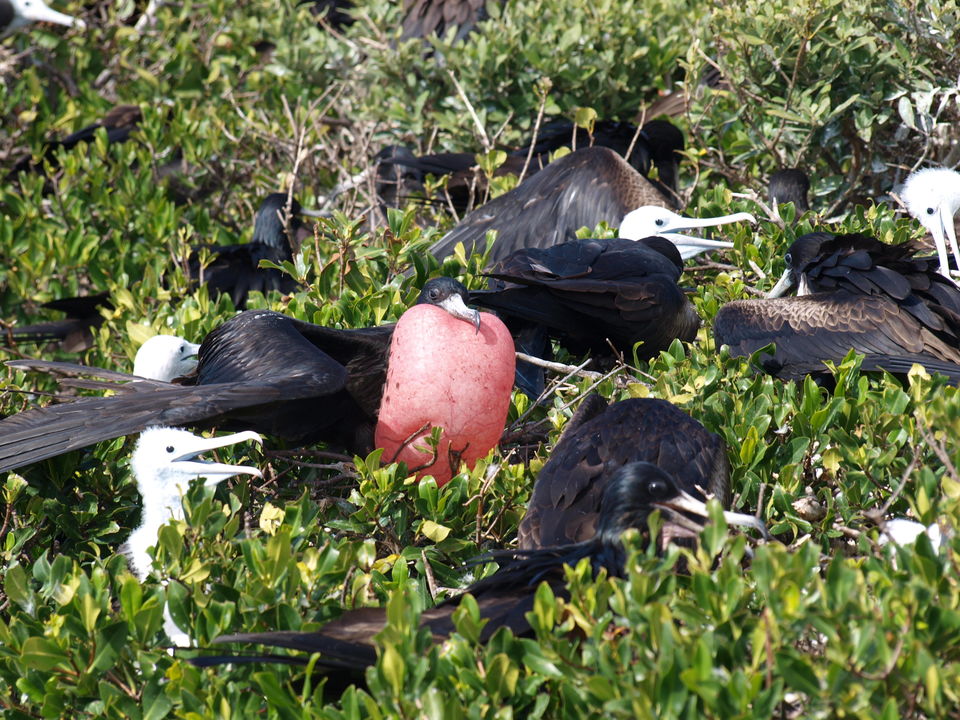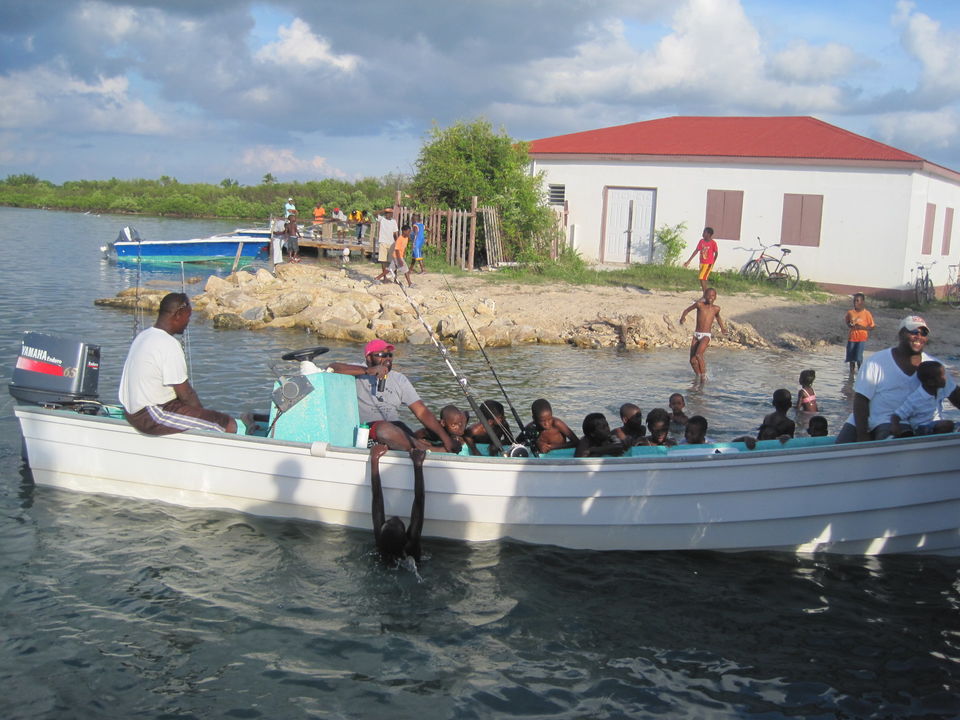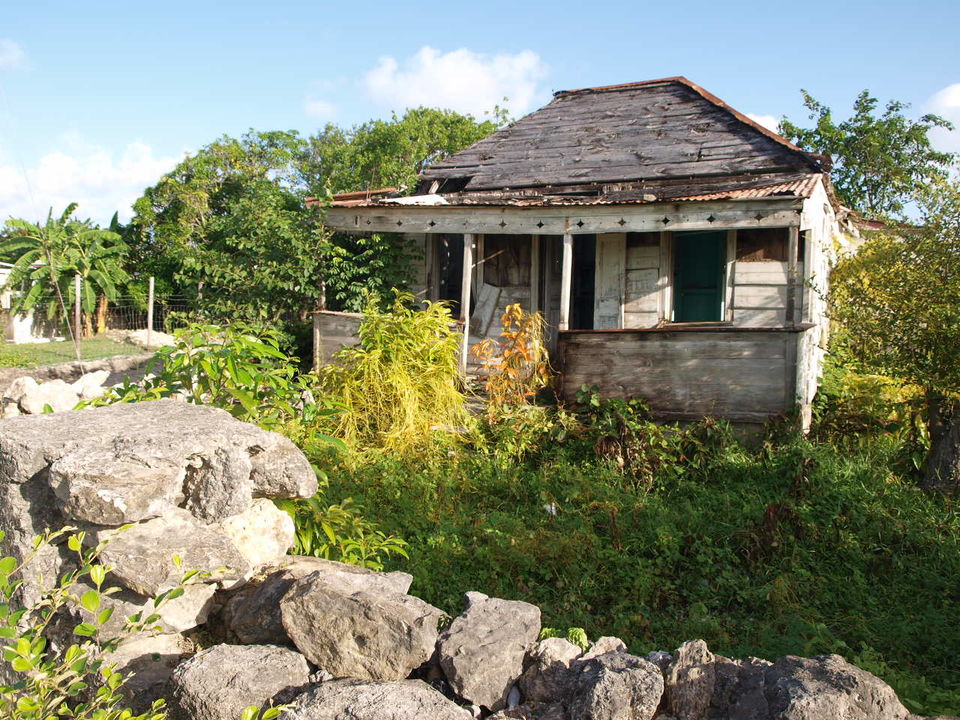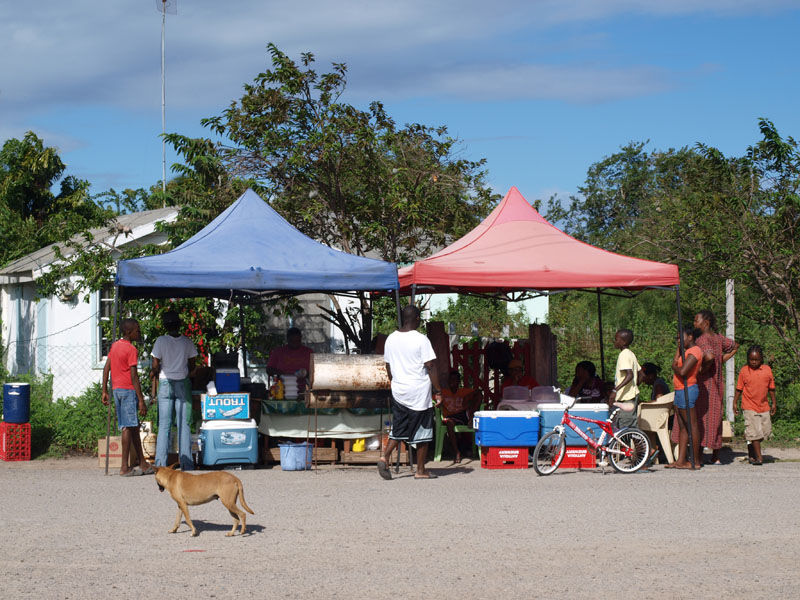











Barbuda is part of a three-island state with Antigua and Redonda in the north-eastern Caribbean. On Barbuda you will find a small village community on a large island that is virtually untouched by tourism. It is world renowned for its beaches which are natural, many miles long and often sprinkled with pink sand. There is a large lagoon to the west, salt ponds and flashes to the north and the location of Codrington village. Barbuda has the deep blue Atlantic on one side with wild beaches full of driftwood and shells, and the Caribbean sea on the other, perfect for swimming and snorkelling, and with plenty of opportunities to see turtles, rays, sharks, barracuda and many other varieties of tropical fish undisturbed in the turquoise water. The beauty of Barbuda is in its natural and peaceful way of life. It's definitely not for visitors who are looking for sophisticated nightlife or lots of imported tourist attractions - it's a place where you can relax, slow down, meet local people and make your own entertainment. The population of 1800 live in the only village of Codrington, but Barbudans have family all over the world, especially in the UK, the USA and Canada. If you are a visitor here you will soon be part of the social life of local people as Barbudans welcome you to their island. Barbuda is 15 miles long and 8 miles wide, and is rocky and very flat. Much of the island is covered in impenetrable bush and there are unmarked roads and tracks to most of the beaches, with one main road going from River to Two Foot Bay. There are two hotels on the island; the membership only, private Coco Point Lodge, and Lighthouse Bay Resort at Low Bay. There are several guest houses in the village, ranging from single rooms to self-catering cottages, and three others that are on the beach, the locally owned North Beach, very popular Barbuda Cottage, and the budget Pink Sand Cottage.
Barbuda is truly a natural paradise. The dense Barbudan bush hides all kinds of wildlife not seen

Because of the distance from any sort of commercial or human intervention, many rare species still flourish on Barbuda. So wildlife and bird watching is increasingly popular here. One of the main tourist attractions on Barbuda is the Magnificent Frigate Bird Sanctuary, situated in Codrington Lagoon. A forty-minute boat ride from the wharf, it is a spectacular sight even for non-bird watchers. The mating season from September to April offers bird watchers a delight to be amongst these white feathered and red breasted creatures around the mangrove. One can see them soaring high in the clouds and live solely on fish, which they often steal from other birds, giving them their local name Man O'War. They have few predators here and this nesting site on Barbuda has become one of the most important in the world for these fascinating and endangered birds.





The ArtCafe is on Two Foot Bay road and is my home. Here you will be made welcome with a rum punch, home-made local drink or a freshly ground coffee on the breezy gallery and will be able to browse through the information about Barbuda I have collected over the twenty five years I have lived here. I specialise in silk paintings and hand-painted t-shirts and also write the Barbuda website www.barbudaful.net. The ArtCafe is the place for advice about visiting Barbuda, want to know where to hire bikes or tents or fishing equipment? You will find all the answers to your questions here. The ArtCafe also serves local food with a 'dish of the day' lunch or a nice picnic, and is one of the only places on Barbuda where you can book food in the evening - fish, lobster, deer meat, lamb and vegetarian Caribbean style cooking will be prepared for you. Try our home-made rum punch or come to one of our Caribbean rum-tasting evenings!


Barbuda's social and political history is fascinating and complex, from the first people who used canoes to travel to the island, through the Codrington years and their trade in slaves, to the more recent troubled relationship with the Bird family government in Antigua, mining Barbudan sand and giving land to unscrupulous so-called developers. On this tour we tell some of the story so far... The first inhabitants of Barbuda were hunter gatherers who came to our shores by canoe, probably from Yucatan in Mexico, about 3000 to 4000 years ago. These people are called Ciboney, The best evidence for their presence is along the southwest coast of Barbuda from Coco Point up to River and to the south-east corner of the Lagoon. The Arawaks or sub-Tainos came from Venezuela and Guyana at about the time of Jesus Christ. The earliest human remains are at Seaview, near Two Foot Bay, and date from 1600 years ago. The infamously fierce Caribs also spent time on Barbuda; they had probably replaced the more peaceful Arawaks by the time of European contact. The Caribs were so fierce in their claim to Barbuda that they were a deterrent to European colonisation. In the early 1700s the British Royal Navy had to protect the inhabitants of Codrington from Carib attacks. The next period sees the advent of successful European settlement of the Caribbean as a whole, and eventually on Barbuda. The first Christopher Codrington was an English aristocrat who went to Barbados in the 1630's and there married Frances Drax, the daughter of another planter family with considerable estates in the West Indies. After Barbados the Codrington family expanded their interests to Antigua and established Betty's Hope plantation there, eventually at over 850 acres it had almost three hundred slaves and was one of the largest in the Caribbean. Over more than four generations the Codrington family established themselves as plantation owners and slave traders, renting Barbuda from the Crown for 'one fat s


Spending time on Barbuda is a unique opportunity to see a Caribbean island that has remained unchanged for many years...



Barbuda is one of the best beach destinations in the Caribbean, if not the world; it has unspoilt beaches on all sides of the island. Usually you will be alone on the beach, except for the hotel beaches but these are still open to all visitors as long as non-guests keep to the waterline. Most of the beaches have no facilities at all so it's important to remember to take plenty of water (freeze a bottle overnight) and find a place to keep out of the sun for some of the time. In some places when you have seen one beach you have seen them all, but in Barbuda each one is different, better than the last, and interesting enough to keep even the most cynical holidaymaker happy for hours. You will find all kinds of rubbish on the beach on the Atlantic side if you are a beach-comber, and you are likely to see sharks, turtles, sea birds and other wildlife close up too. Barbuda's beaches are often very windy with strong swells so surfing with boards and kites is popular here at certain times of the year. The beaches can have spectacular waves and dangerous currents at times, but there are also beautifully calm areas such as Coral Group that are perfect for children or non-swimmers, with shallow water and rock pools filled with tiny fish and crabs. There are usually aerial displays provided by pelicans diving close to you on the beach and everywhere you swim you will see fish darting about in the water. The beaches have great names too - Fishing Creek, Rubbish Bay, Two Foot Bay, Goat Island, River, Princess Diana beach






